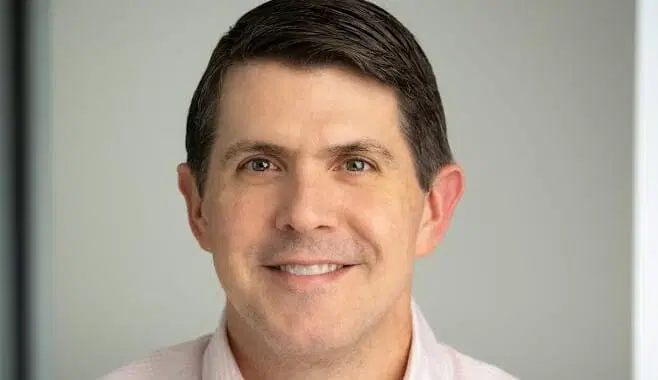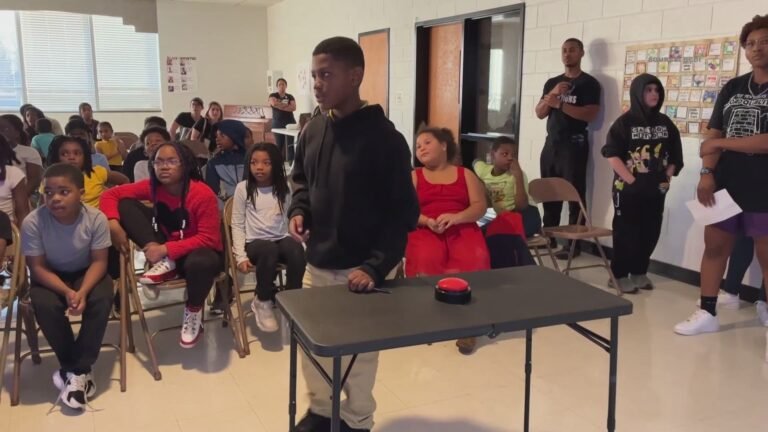North Carolina’s $127B Pension Fund Shifts to New Oversight Model, Sparking Debate Over Transparency and Risk
RALEIGH, N.C. — In a major governance shift, North Carolina State Treasurer Brad Briner has pushed through an overhaul of the state’s public pension system — replacing the long-standing sole fiduciary model with a five-member board of trustees. The move marks a pivotal change for the $127 billion Teachers’ and State Employees’ Retirement System (TSERS), which covers more than 1 million current and former public workers.
Briner, a Republican elected in 2024, said the new model is designed to address years of lackluster investment returns and give the pension fund more room to take calculated risks. However, the change is drawing scrutiny from critics who say it could reduce transparency and limit direct representation for retirees.
“Enough with finishing last and burdening the taxpayer,” Briner said. “Enough with impoverishing retirees — let’s get this right.”
Why the Change Now?
TSERS posted annualized net returns of just 1.9% over the past 3 years, far below the performance of other large public funds. Briner argues that the sole trustee structure led to risk aversion, limiting the fund’s ability to adapt in volatile markets — especially after the financial blow of Hurricane Helene, which cost the state $60 billion in damages.
Briner believes a small, expert-led board will enable smarter, bolder investment decisions. He will chair the board and appoint one member, while the Governor, House Speaker, and Senate President will appoint the other three.
No Seat for Beneficiaries on New Board
Notably, retirees and public employees will have no guaranteed representation on the new board. Instead, Briner emphasized that the focus will be on investment expertise, requiring appointees to have 10+ years of financial management experience.
“Taxpayers and retirees are two sides of the same governance coin,” Briner said. “Both deserve fiduciaries who understand risk and returns — not just how to vote a political agenda.”
Briner also ruled out compensation for board members, citing endowment models where unpaid trustees volunteer based on subject-matter expertise.
Strategic Shifts Coming for TSERS Investments
With governance reforms in place, Briner plans to reallocate a significant portion of the fund:
-
Increase sub-investment grade fixed income (now 7%)
-
Reduce investment-grade bonds (currently 33%)
-
Cut the cash allocation, which sits at 4.5%
-
Introduce new real estate-backed mortgage investments
Briner is more cautious about private credit and private equity, citing high valuations that don’t justify new exposure.
He also plans to modernize the legal investment list, which governs what asset classes TSERS can hold — a document that hasn’t been updated in 15 years.
A Shrinking Team, Now Rebuilding
The fund’s internal investment staff dropped from 45 professionals to just 19 in recent years. Briner has reinstated former CIO Kevin SigRist to rebuild the team, backed by a new investment policy framework and technology budget set by the board.
“We’re building a team that can execute on a smarter strategy, not just coast on the old fixed-income playbook,” Briner said, referencing the long-standing legacy of former Treasurer Harlan Boyles.
Should public pension boards include retiree voices?
Tell us your thoughts on the new TSERS structure — join the discussion at SaludaStandard-Sentinel.com.







